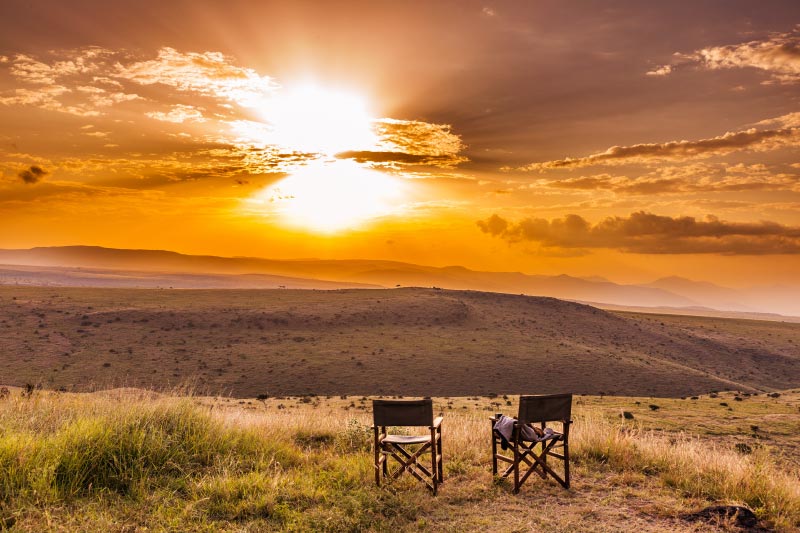Kenya Beckons: Your Ultimate Guide to Planning an Unforgettable Trip

Imagine this: the African sun rises over the vast savanna. Wildebeest stampede across the plains during the Great Migration. Kenya is a land of raw beauty and amazing adventure. Planning a trip? This guide gives you the info you need for the perfect Kenyan journey.
Planning Your Kenyan Adventure
Let’s get to the details. Timing, visas, and cash are key. This section makes it easy.
Best Time to Visit Kenya
When should you go? It depends on what you want to see. For the Great Migration, July to October is prime. This is when wildebeest cross the Mara River. Dry season (June to October) makes for easier wildlife spotting. The climate is cooler too. January and February are also great, it’s another dry period. Avoid the long rains (March to May) and short rains (November to December) for better travel. Prices are lower during the rainy season.
Visa and Entry Requirements
Do you need a visa? Most visitors do. You can get an e-visa online before you go. Check the official Kenyan government website for details. Your passport must be valid for at least six months after your planned departure. Make sure you have enough blank pages for stamps. Keep copies of all important documents separately.
Budgeting for Your Trip
How much will it cost? Kenya offers trips for every budget. Backpackers can get by on $50 a day. Mid-range travelers should plan for $150-$300 daily. Luxury trips can easily exceed $500 per day. Accommodation costs vary widely. Food can be cheap if you eat local. Transportation costs add up. Activities like safaris and park fees increase expenses. Hidden costs include tips, souvenirs, and unexpected delays. Save money by traveling during the off-season. Consider self-catering.
Exploring Kenya’s Iconic Destinations
Kenya has it all. Wildlife, city life, and beaches. Here are some must-see spots.
The Majestic Maasai Mara National Reserve
The Maasai Mara is famous for its wildlife. It’s part of the Great Migration route. See lions, elephants, and giraffes. Maybe catch a cheetah hunt. Take game drives to see the animals up close. Visit a Maasai village for a cultural experience. Be respectful of their traditions. Learn about their way of life.
Nairobi: A City of Contrasts
Nairobi is more than just a starting point. Visit Nairobi National Park. See lions and rhinos with the city skyline in the background. Go to the Giraffe Centre. Feed these gentle giants by hand. Support elephant conservation at the David Sheldrick Wildlife Trust. Explore the Karen Blixen Museum. Wander local markets for crafts and souvenirs. Try local restaurants. Stay safe by being aware of your surroundings. Use reputable taxis or ride-sharing services.
Coastal Paradise: Mombasa and Diani Beach
Mombasa and Diani Beach offer beautiful beaches. Enjoy white sand and clear water. Explore coral reefs while snorkeling. Try scuba diving. See historical sites like Fort Jesus. Learn about Swahili culture. Relax at beach resorts. There are hotels for every budget. Enjoy water sports like windsurfing and kitesurfing.
Safari Adventures: Choosing the Right Experience
Kenya is safari country. What kind of safari is right for you? Game drives? Walking safaris? Hot air balloons?
Types of Safaris: Game Drives, Walking Safaris, and Hot Air Balloon Rides
Game drives are the most common type of safari. You ride in a vehicle to spot animals. Walking safaris offer a more intimate experience. You’ll get close to nature on foot. Hot air balloon rides give you a bird’s-eye view of the landscape. Each has pros and cons. Game drives are good for covering large areas. Walking safaris offer unique photo opportunities. Hot air balloons provide unforgettable views. The Maasai Mara is great for game drives. Some parks allow walking safaris. Hot air balloon rides are available in the Mara and other locations.
Choosing a Reputable Safari Operator
Pick a safari operator with a good reputation. Read reviews online. Ask for recommendations. Check their experience. Make sure they practice sustainable tourism. Ethical tourism protects wildlife and supports local communities. A good operator will respect the environment and local customs.
What to Pack for Your Safari
Pack light, but smart. Bring neutral-colored clothing. Khaki and green are good choices. Pack layers. It can be cold in the morning and hot during the day. Include a wide-brimmed hat and sunglasses for sun protection. Don’t forget sunscreen. Bring insect repellent. A small first-aid kit is a good idea. Pack binoculars for better wildlife viewing. Bring a camera to capture your memories.
Immersing Yourself in Kenyan Culture
Kenya isn’t just wildlife. It’s also a rich culture. Meet the Maasai people. Taste Kenyan food. Learn local customs.
Meeting the Maasai People
Visiting Maasai villages is a unique experience. Be a responsible tourist. Ask permission before taking photos. Buy crafts directly from the Maasai. Learn about their traditions. Understand their customs. Respect their way of life.
Sampling Kenyan Cuisine
Kenyan food is tasty and hearty. Try ugali, a staple made from maize flour. Eat it with sukuma wiki, collard greens. Nyama choma is grilled meat. A Kenyan favorite. Sample local restaurants. Explore markets for authentic flavors.
Respecting Local Customs and Etiquette
Respect local customs. Dress modestly, especially in rural areas. Ask before taking photos. Learn a few Swahili phrases. “Jambo” means “hello.” “Asante” means “thank you.” Be polite and courteous. Show respect for elders. Avoid public displays of affection.
Conclusion
Kenya offers something for everyone. Incredible wildlife. Stunning landscapes. A rich culture. Plan your trip carefully. Choose your destinations. Book your tours. Pack your bags. Get ready for an unforgettable adventure. The magic of Kenya awaits.
